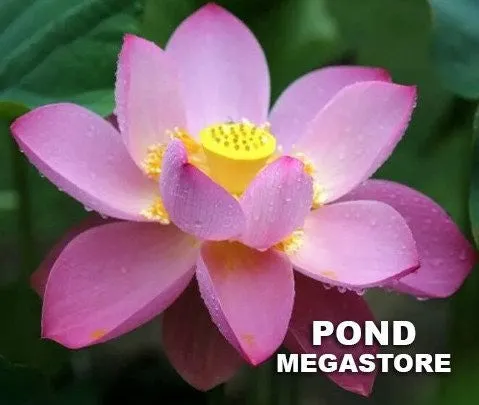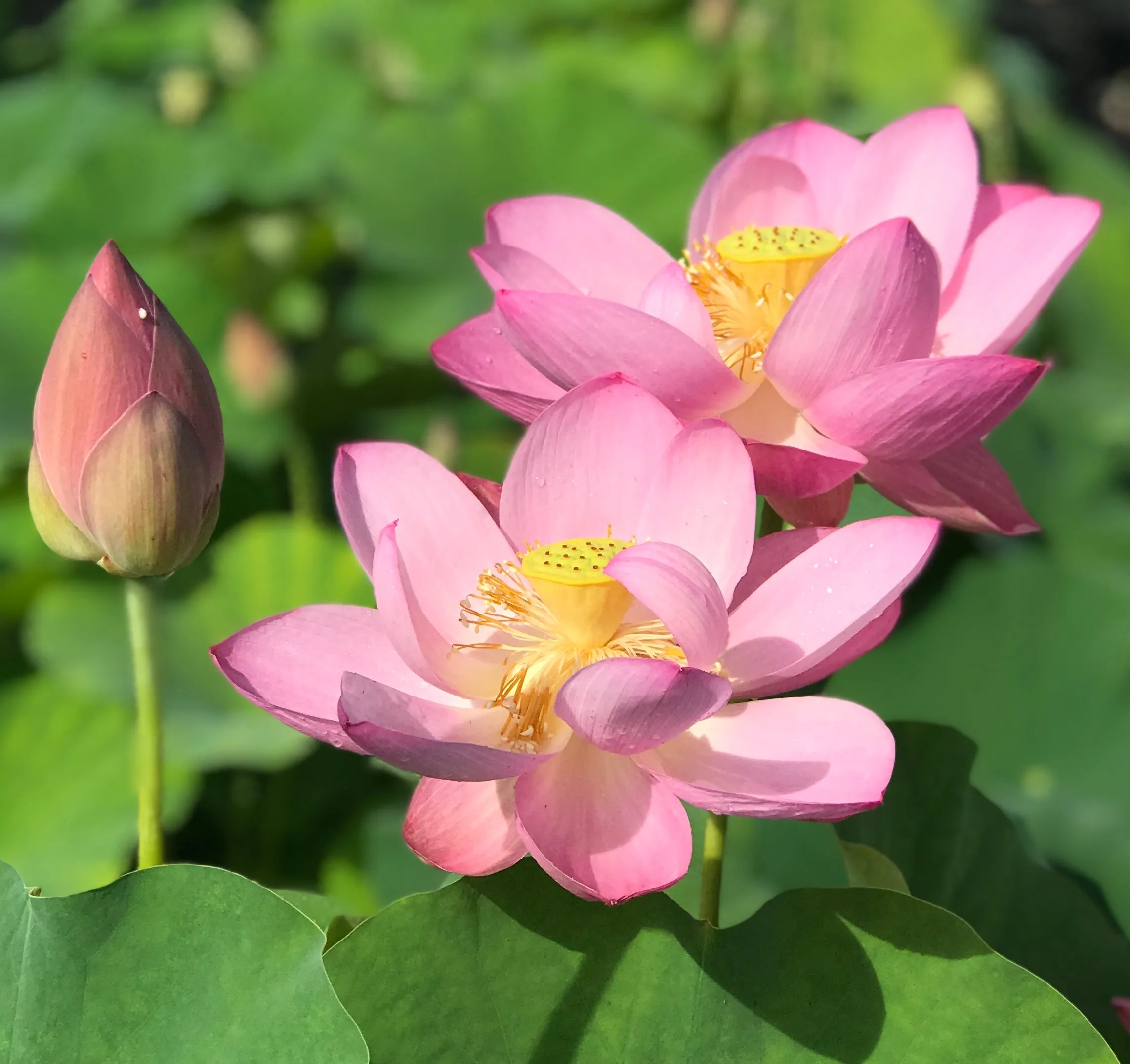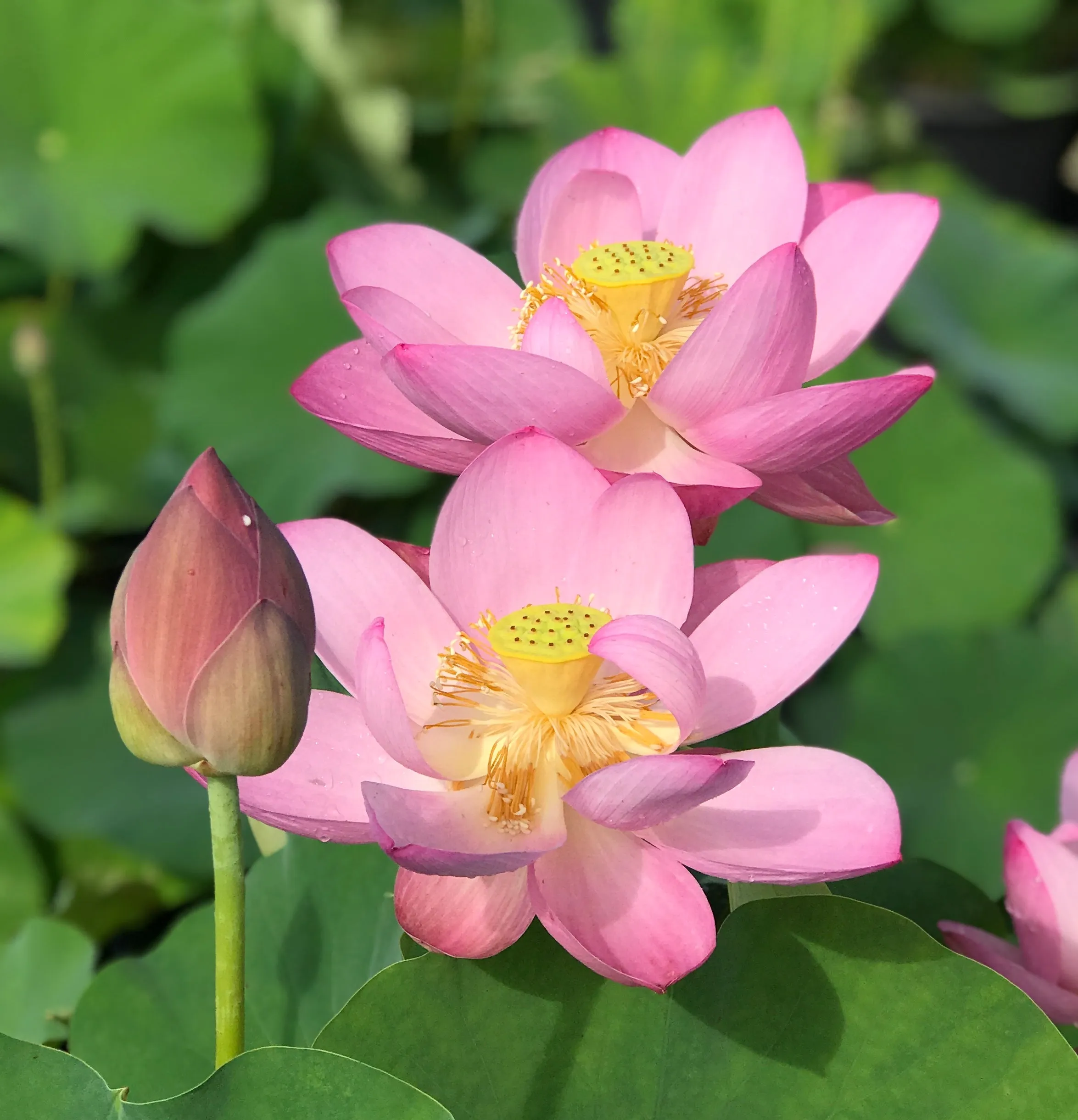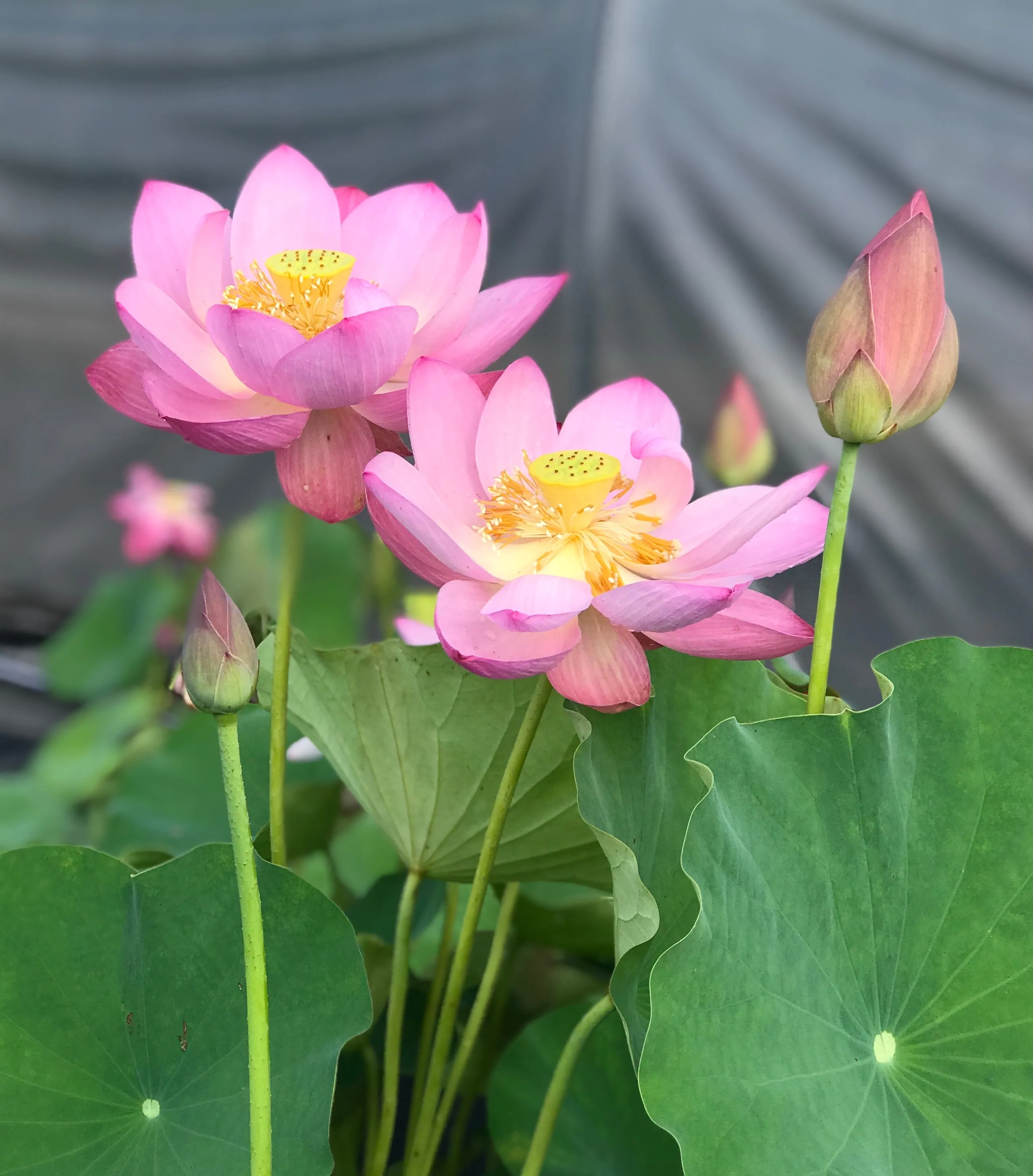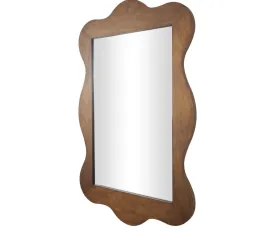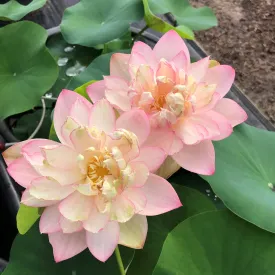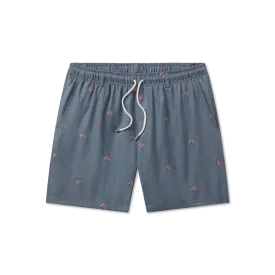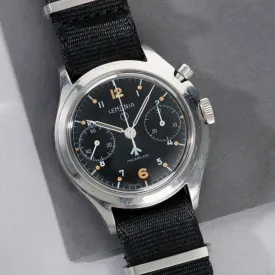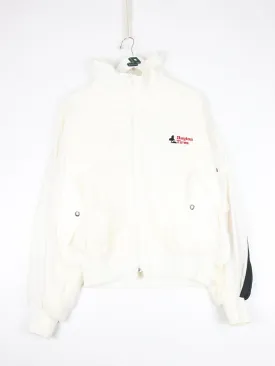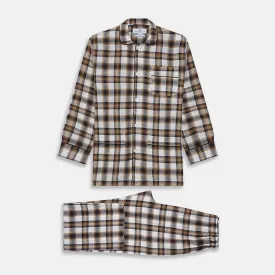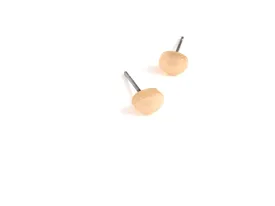Plant description
Deacon DeGarmeaux Lotus is one of our most treasured lotus and all the proceeds from the sale of this lotus go to children's charities.
The Deacon DeGarmeaux Lotus was named for a bright, beautiful little boy who died much too soon, 4/30/08 - 3/21/11.
Deacon DeGarmeaux Lotus has very big, mauve-red, single-petal blooms, sunny-yellow receptacles and stamens and large (12 - 18 inch) emerald-green leaves on this tall, red, single petal lotus. Deacon DeGarmeaux Lotus makes a lovely remembrance lotus or a beautiful focal point in your water garden. Deacon DeGarmeaux Lotus grows to 5 feet tall or taller when grown in very wide containers. Always a customer favorite!
Planting instructions
Plant this tall specimen in a wide (24 - 48 inches or wider) container using loam soil. Dig a trench across the surface of the soil in your container and gently place the lotus tuber in the trench with growth tips pointing up. Cover the tuber with soil while leaving the growth tips exposed. Add six inches of water above the soil and place in a sunny location outdoors. Lotus need 8 hours of sunlight to grow and bloom. In a week or two your lotus will have coin leaves on the surface of the water, a week or two after that you should have aerial leaves growing out of the water.
Fertilizing Instructions
Once you have aerial leaves, it is time to fertilize your lotus. (Never fertilize your lotus before they have aerial leaves, as fertilizing too early may kill them). We recommend for optimum growth, best bloom and ease of use. Simply press four to six fertilizer tabs into the soil near the roots of your lotus, taking care not to damage the roots. (First dose of fertilizer should be 1/2 recommended dosage.) Fertilize your lotus throughout the growing/blooming season, from June until September, making the last dose in early September. This allows your lotus to go into dormancy naturally.
PLEASE NOTE
*Because this is a large lotus, some customers may choose to plant this as an edible vegetable, rather than an ornamental flower.
Pondmegastore Tip Lotus tubers are edible and often found in Chinese, Vietnamese, Thai, Indian and Japanese diets. When planting as a vegetable rather than an ornamental flower, you must plant lotus in a large, shallow pond, rather than a container and grow the tubers 2 - 4 inches in diameter for cooking purposes.
What Is Loam Soil?
Loam soil is a good mixture of Topsoil and Sand
If you are lucky enough to have good topsoil in your backyard, by all means, use your topsoil. All you will have to do is add fertilizer. If you are not so lucky--and your backyard is sand or heavy red or yellow clay, you can mix up a batch of loam soil.
You can create your own loam soil by mixing these two ingredients together
- 2/3 Inorganic Topsoil (Little or no organic material added)
- 1/3 Pool Filter Sand
Mix together thoroughly with a little water. Your soil should clump when squeezed. If your soil is mixed properly, it will not muddy your pond water.
You can purchase inexpensive bags of inexpensive / poor Topsoil at Lowes or Home-Depot. Good soil clumps together as a ball in your hand with only a little moisture.
Don't buy brands like Scott's or Miracle-Gro, as they will contain too much organic matter that can foul your water. Buy an unbranded bag of topsoil instead.
You can purchase Pool Filter Sand at any store that sells pool supplies.
Loam soil is well suited for all aquatic plants (except oxygenators). Oxygenators rarely need to be planted, just anchored in the substrate or in a container filled with sand or 1/8 inch pea gravel.
Sand holds little water but does allow for aeration and drainage.
Some DO's and DON'TS regarding Aquatic Planting Soil
DO NOT use potting soils ( as they are too light and will float right out of the pot). Potting Soil has organic material that will rot and foul your water!
DO NOT add too much composted material (as it is too rich in organic matter and it will ferment underwater and destroy the ecology of your pond).
DO NOT use 100% calcined clay as there is no nutritional value in calcined clay.
DO NOT add rocks, stones or pebbles to the top of your planting container as this will inhibit the growth of your plants. Plants do not grow in rocks and stones in nature!
DO NOT purchase API Aquatic Planting Media or Microbe-lift Aquatic Planting Media as these products are NOT suitable for waterlilies, lotus or most other pond plants. They are suitable for submerged grasses ONLY!




